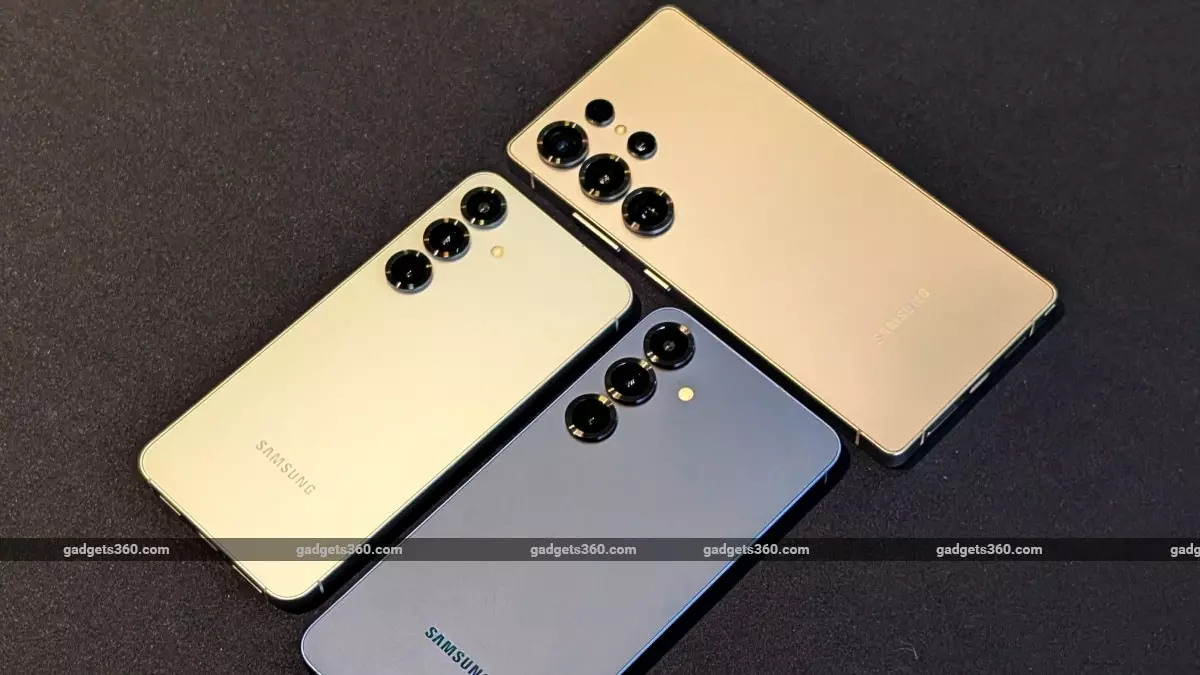The recent launch of the Samsung Galaxy S25, Galaxy S25+, and Galaxy S25 Ultra marks a significant leap forward for the brand, particularly in its software update functionalities. A standout feature that has captured the attention of tech enthusiasts is the introduction of seamless updates, promising to enhance the user experience by minimizing downtime during system upgrades. This article delves into the implications and details surrounding this advancement, along with a critical glance at Samsung’s efforts to catch up with industry standards.
Traditionally, smartphone users have endured significant waiting periods during software updates, where devices needed to reboot and install patches. However, with the Galaxy S25 series, Samsung has integrated a contemporary method for managing updates that ensures users can continue using their devices with reduced interruption. The seamless update functionality, while introduced by Google almost ten years ago, is only now being fully realized in Samsung’s flagship models for the Galaxy S series. This progression represents not just a technological enhancement but an acknowledgment of user demands for improved efficiency.
Samsung’s approach diverges slightly from the A/B partition method that employs two copies of the system for installation. Instead, the Galaxy S25 uses Google’s newer non-A/B virtual update scheme, effective since the release of Android 11 in 2020. The avoidance of the A/B structure allows for a more streamlined process that consumes less storage on the device, a crucial factor for many users who might be concerned about storage limitations. This decision underscores Samsung’s resolve to offer an efficient alternative while still catering to a vast audience with varying device capacities.
The fact that this feature is finally present in one of Samsung’s flagship lines speaks volumes about the company’s commitment to modernize its software capabilities. However, it is noteworthy that Samsung was not among the pioneers in adopting this technology, lagging behind competitors like Google’s Pixel lineup, which has utilized seamless updates since their introduction. This delayed implementation suggests a reactive rather than proactive approach, raising questions about the research and development timeline within Samsung’s software division.
The addition of seamless updates to the Galaxy S25 series is certainly a welcome improvement for Samsung users and addresses long-standing frustrations associated with software updates. Nevertheless, it also highlights the importance of continual innovation and responsiveness to user needs, particularly in a competitive market where consumers have increasingly high expectations. As Samsung embraces this capability, one can only hope for further advancements that push the envelope on user experience, fostering a greater sense of satisfaction among its diverse customer base. The Galaxy S25 series serves as a testament to Samsung’s potential, but the road ahead remains critical for shaping its future in the evolving smartphone landscape.


Leave a Reply